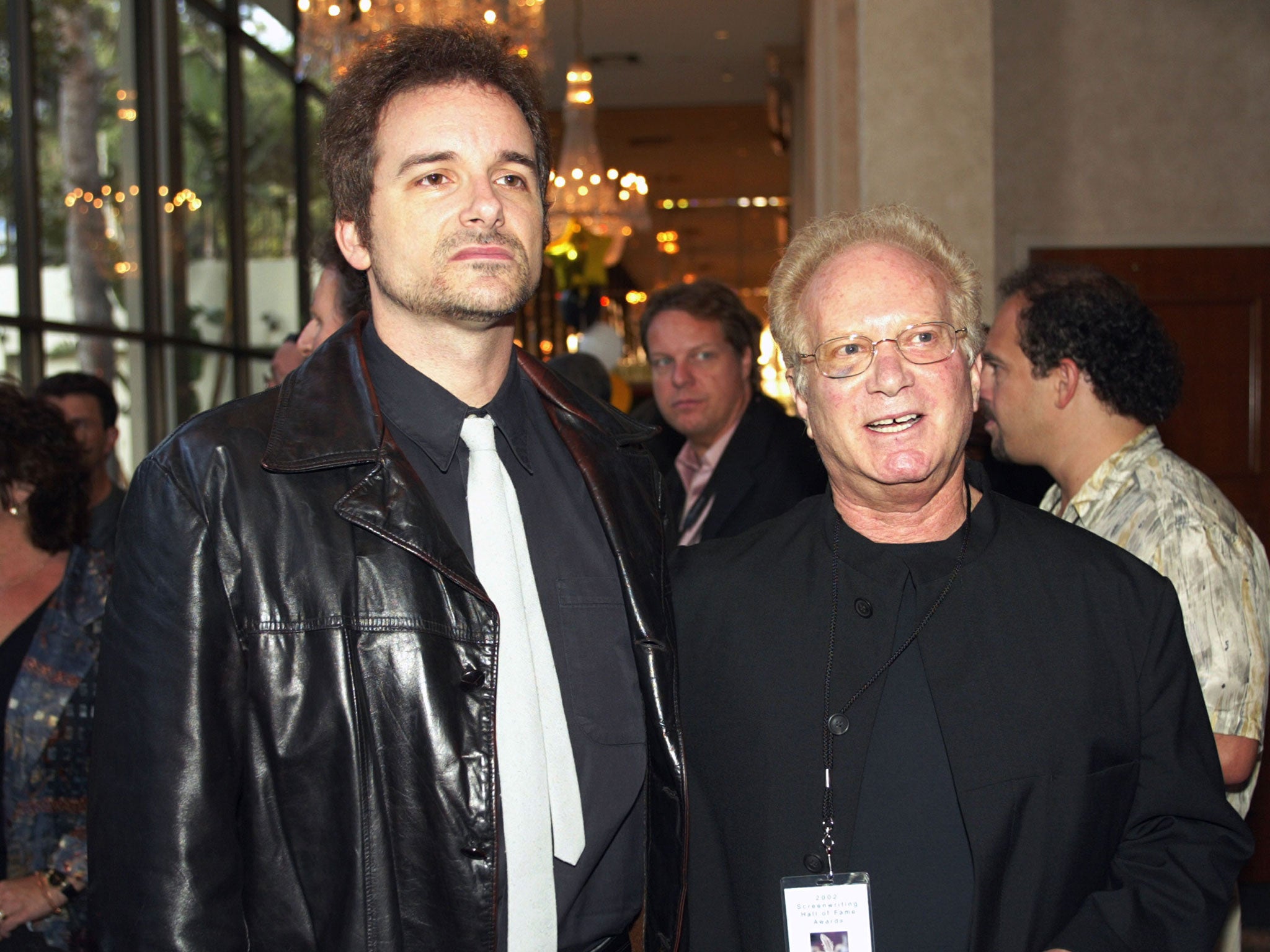Syd Field: Screenwriting guru whose alumni included Darabont and who first popularised the three-act structure

Syd Field was a highly sought-after screenwriting teacher, renowned as a guru of the art of the screenplay. Of his eight books on the subject, the first, Screenplay: the Foundations of Screenwriting, is considered the bible of the art. He popularised the classic three-act paradigm, identifying important plot points and formulating a structure which not only reflected many existing films but which allowed writers to structure their own scripts. That he was never much in demand as a screenwriter himself throws an ironic sidelight on his career.
Field was born in Hollywood and had an early brush with cinema when he appeared playing a trumpet in a boys' band in The State of the Union (1948). In between takes Van Johnson taught him checkers. Field studied English literature at the University of California, Berkeley. He also took acting lessons, played Büchner's Woyzeck and spent a year in unofficial study with Jean Renoir, appearing in the world premiere of his play Carola.
Graduating in 1960, Field worked in the shipping department of Wolper productions, which specialised in TV documentaries. In 1962, after several series on Hollywood and its stars, they developed a new series, Biography, for which Field was a researcher, writer, occasional producer and even narrator. It eventually became the basis of the Biography Channel.
He left to write and after seven years had completed nine screenplays; two were produced, four optioned and three ignored. But broke and in an increasingly difficult relationship, he became head of the story department at Cinemobile.
Over the next two years he read 2,000 scripts and 100 novels but found only 40 worth producing. Unsure what made him choose those 40, he intensively analysed them, along with successful films, including Peckinpah's Ride the High Country ("I decided that this was what great screenwriting was all about") and Major Dundee, which he read more than 100 times.
In 1975 Field began teaching screenwriting at Sherwood Oaks Experimental College, a film-making school where seminars were given by the likes of Paul Newman, Dustin Hoffman and Martin Scorsese. Later he would teach using films such as Chinatown, Network, American Beauty and The Hustler. Given his concentration on Hollywood (particularly the 1950s to the 1970s), more unexpected is his adulation for Michelangelo Antonioni, whose moral outlook he admired. Initially his lecture-style teaching was neither successful nor rewarding but when he began a more conversational approach he discovered that students kept asking the same basic questions.
He rediscovered his urge to write screenplays, but in the meantime outlined a 67-page proposal for a book about screenwriting based on his lessons. Screenplay (1979) outlines a three-act structure ("set-up", "confrontation" and "resolution"), and identifies moments of crisis. For Field, a film has 10 minutes to grab the audience's attention and 20 minutes to set up the plot, climaxing with the revelation of the challenge that the hero would face.
The next half would be the development, where the hero struggles to achieve their goal (often interrupted by a reversal of fortune at the midway point), with the final part moving towards resolution. Screenplay has been translated into more than 20 languages and used on courses all over the world. Numerous successful writers, directors and producers have passed through his hands, or vicariously through his books, among them Frank Darabont (The Shawshank Redemption), John Singleton (Boyz n the Hood), Anna Hamilton Phelan (Mask and Gorillas in the Mist), Randi Mayem Singer (Mrs Doubtfire), and Judd Apatow (Knocked Up).
Field did not teach the nuts and bolts but focused on helping professionals sharpen their work. He was careful to point out that he was a pioneer, in particular that "I really designed the weekend form which [Robert] McKee took and borrowed freely from. I think I was about three to four years ahead of him."
In Four Screenplays (1994) he analysed Thelma & Louise, Terminator 2, The Silence of the Lambs and Dances with Wolves. The more anecdotal Going to the Movies (2001) mixes analysis with autobiography. Some have criticised the three-act paradigm as formulaic but Field disagreed: "Annie Hall is a story told in flashback, but it has a definite beginning, middle and end. Last Year at Marienbad does too, though not in that order."
Field was at various times a script consultant to studios including 20th Century Fox, Disney, Universal and Tri-Star. He also had a spiritual side: he meditated, studied Siddha yoga and visited India. He used religious texts to make his points: the Bhagavad Gita's "Do not be attached to the fruit of your actions" encourages people to write what they have to rather than to impress others. That spirituality probably led him to rate Avatar higher than Inception (though he praised the latter's examination of a "hidden state of consciousness"), and to see the three-act structure as echoing the birth-life-death cycle and the rise and fall of great civilisations.
JOHN RILEY
Sydney Alvin Field, scriptwriting teacher: born Los Angeles 19 December 1935; married Aviva (one daughter); died Los Angeles 17 November 2013.
Subscribe to Independent Premium to bookmark this article
Want to bookmark your favourite articles and stories to read or reference later? Start your Independent Premium subscription today.

Join our commenting forum
Join thought-provoking conversations, follow other Independent readers and see their replies